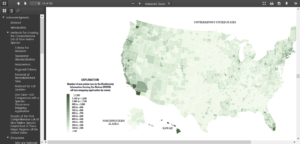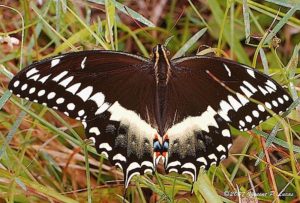
For more than a decade, most countries in the world have required that crates, pallets, spools, and dunnage made from wood be treated in accordance with the requirements of the International Standard for Phytosanitary Protection (ISPM)#15 that this treatment be certified by applying an approved stamp to the wood. The goal of the program is to “reduce significantly the risk of introduction and spread of most quarantine pests that may be associated with that material.”
However, experience and studies in both the United States and Europe demonstrate that the ISPM#15 stamp is not a reliable indicator of whether the wood packaging is pest-free.
1) In the United States, over a period of nine years – Fiscal Years 2010 through 2018 – U.S. Customs and Border Protection (CBP) detected 9,500 consignments harboring a pest in a regulated taxonomic group. Of the shipments found with infested wood packaging, 97% bore the ISPM#15 mark (See Harriger reference at the end of the blog). The wood packaging was from nearly all trading countries. 2) In the past two years, CBP inspectors have repeatedly found pests in dunnage bearing the ISPM#15 mark – as reported by U.S. importers of “break bulk” cargo into Houston. While most of the criticism of non-compliant wood packaging refers to countries in Asia and the Americas, at least one of the Houston importers obtains its dunnage in Europe.
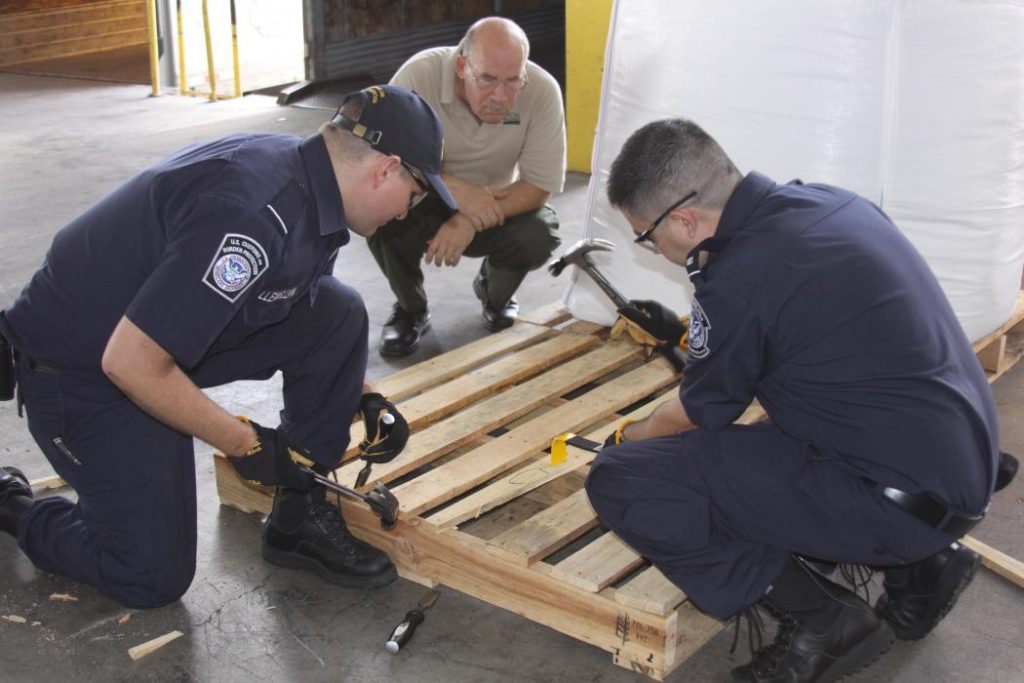
3) In Europe, a two-year intensive survey of wood packaging associated with shipments of stone from China to the 28 European Union countries over the period 2013-2016 again found that 97.5% of consignments found to harbor pests bore the ISPM#15 mark (Eyre et al. 2018). The scientists concluded that the ISPM-15 mark was of little value in predicting whether harmful organisms were present. (Eyre et al. 2018, p. 712)
As I have noted in previous blogs and policy briefs, the only in-depth study of the “approach rate” of pests in wood packaging, based on data which is now a decade old, found that 0.1% of incoming wood packaging transported a regulated pest (Haack et al. 2014). Given current trade volumes, as many as 17,650 containers per year (or 48 per day) transporting tree-killing insects might be entering the U.S. (My calculation of this estimate is explained in the blog on “risks of introduction” here.)
The Haack study excluded imports from Mexico, Canada, and China. The first and third countries have records of poor compliance with ISPM#15 requirements, so the “approach rate” for all incoming shipments might well have been higher.
The study of European imports focused on shipments of stone from China – which were deliberately chosen to represent types of imports presenting a high risk of transporting pests. Across Europe, over the four-year period, quarantine pests were detected in 0.9% of the consignments – somewhat higher than the U.S. number, as could be expected. However, there were large variations among participating countries’ findings. Austria and France found 6.95% of consignments inspected were infested, while half of European Union countries found none!
These differences demonstrate the importance of thorough inspections.
The data also indicate that the problem is not decreasing. Austria detected pests in nearly one-fifth (19.6%) of inspected shipments in 2016 – the final year of the study! However, during that same year, only 1.5% of wood packaging lacked the ISPM#15 mark.
So How Should the International Phytosanitary Community React to This Failure?
Data cited in numerous studies indicate that ISPM#15 has probably succeeded in reducing the presence of pests in wood packaging. This progress is good – but insufficient. Our forests need further reductions.

In the meantime, however, the international standard has demonstrably failed to provide a secure method to evaluate the pest risk associated with wood packaging accompanying any particular shipment. The presence of the stamp on pieces of wood packaging does not reliably show that the wood is pest-free. Officials need to determine why. Is it fraud? That would mean deliberately placing the stamp on wood that had not been treated, which U.S. CBP staffers think is occurring (Harriger). The European Union audit team that visited China also thought they detected instances of fraud. They concluded that “the current system of official controls in China does not adequately ensure that SWPM which forms part of consignments of goods exported to the EU is marked and treated according to ISPM No. 15” (Eyre et al. 2018, p. 713). On the other hand, the US importers in Houston say they are pressing their European suppliers to provide pest-free dunnage.
What more could we ask them to do to ensure that they are not receiving fraudulently marked materials?
Perhaps the problem has a different cause. Are the treatments themselves are less effective than expected? One APHIS study found that twice as many larvae reared from wood treated by methyl bromide fumigation survived to adulthood than larvae reared from heat-treated wood; the reason is unclear (Nadel et al. 2016). Unfortunately, it is apparently impractical to determine whether wood was heat treated by looking for changes in the chemical profile of the wood (Eyre et al. 2018).
Nor can we expect inspection of 100% of all risky consignments or detection of 100% of quarantine pests in those consignments that are inspected. Therefore, the European study authors concluded that inspection is best considered as a means of gathering evidence of risk and a deterrent rather than a means of completely preventing pest movement (Eyre et al. 2018).
The European study authors called for review of ISPM#15 as a control system and to investigate compliance at the source (Eyre et al. 2018 p. 714).
What is APHIS doing?
As I have noted previously – here and here – while U.S. CBP adopted a policy in 2017 under which it can penalize importers for each consignment not in compliance with ISPM#15, APHIS has not followed Custom’s lead on this. Instead, APHIS will apply a penalty only when an importer has accrued five violations over the period of a year. (The two agencies are acting under separate legal authorities.) This is yet another example of APHIS taking a less protective stance – as I described in earlier blogs.
Since Customs is now applying the letter of the law, the most useful step would probably be for APHIS (and the USDA Foreign Agriculture Service) to ramp up efforts to assist U.S. importers which are trying to comply. The importers are begging USDA to provide better information to them about foreign suppliers of wood packaging and dunnage. Which have good vs. poor records? USDA could also help importers trying to complain about specific shipments to the exporting countries’ National Plant Protection Organizations (NPPOs; departments of agriculture). In addition, APHIS could augment its pressure on foreign NPPOs and the International Plant Protection Convention more generally to ascertain the reasons ISPM#15 is failing and to fix the problems.
APHIS has not been idle. The North American Plant Protection Organization (including Canada and Mexico) has sponsored two workshops intended to educate NPPOs and exporters in Asia and the Americas about the standard’s requirements. APHIS is planning to address wood packaging in an international symposium organized under the auspices of the International Year of Plant Health in July 2020 – I will provide details when they become available.
APHIS is collaborating with the Entomological Society of America to host a workshop on wood packaging at the ESA annual meeting in November 2020 – I will provide details when they become available. The Continental Dialogue on Non-Native Forest Insects and Diseases plans to link its annual 2020 meeting to this workshop.
More immediately, the Continental Dialogue on Non-Native Forest Insects and Diseases will have presentations on the wood packaging issue at its annual meeting in just 11 days! in Cleveland
In preparation for the 2020 meetings, APHIS should fund more studies and audits of wood packaging to document the current efficacy of the standard (that is, the pest approach rate); remember, Haack’s study relied on data which are now a decade old. Not only has time passed … Both the standard and U.S. enforcement policies have changed since 2009.
Significance of the Wood Packaging Problems
The apparent failure of the ISPM#15 standard to provide a reliable means to certify treatment raises obvious issues regarding the risk of pest introductions. However, the implications are much broader.
The premise of the international phytosanitary system – the Agreement on the Application of Sanitary and Phytosanitary Standards (SPS Agreement) and International Plant Protection Convention (IPPC) – is that importing countries should rely on exporting countries to take the actions necessary to meet the importing countries’ plant health goals. The ISPM#15 experience casts doubt on this premise. The exporters are not reliably ensuring the cleanliness of their wood packaging. Worse, wood packaging is easier to treat than fruits, vegetables, and living plants (plants for planting). The latter commodities are much more easily damaged or killed by treatments than are boards or even logs – which are, after all, already dead! (A longer discussion of the SPS Agreement and IPPC is found in Chapter III of Fading Forests II, available here.
I hope that the international phytosanitary community will take advantage of the heightened attention and effort associated with the International Year of Plant Health in 2020 to re-examine all aspects of the current global phytosanitary system.
Posted by Faith Campbell
We welcome comments that supplement or correct factual information, suggest new approaches, or promote thoughtful consideration. We post comments that disagree with us — but not those we judge to be not civil or inflammatory.
SOURCES
Eyre, D., R. Macarthur, R.A. Haack, Y. Lu, and H. Krehan. 2018. Variation in Inspection Efficacy by Member States of SWPM Entering EU. Journal of Economic Entomology, 111(2), 2018, 707–715)
Kevin Harriger, US CBP. Presentations to the annual meetings of the Continental Dialogue on Non-Native Forest Insects and Diseases over appropriate years. See, e.g., https://continentalforestdialogue.org/continental-dialogue-meeting-november-2018/
Nadel, N., S. Myers, J. Molongoski, Y. Wu, S. Linafelter, A. Ray S. Krishnankutty, and A. Taylor. 2016. Identificantion of Port Interceptions in Wood Packaging Material: Cumulative Progress Report, April 2012 – August 2016

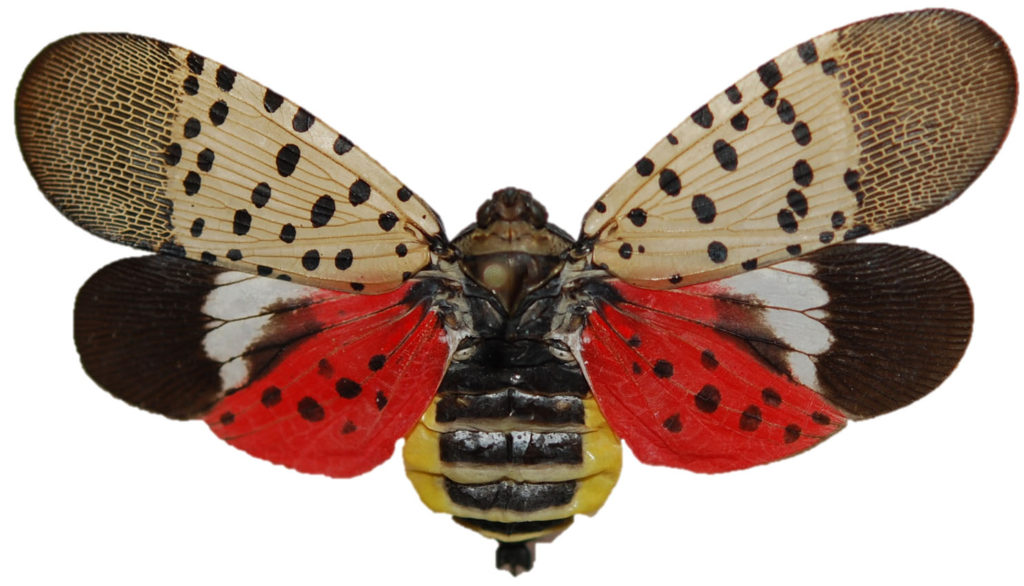
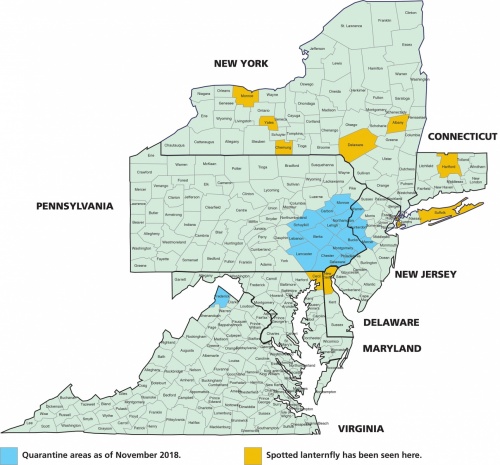
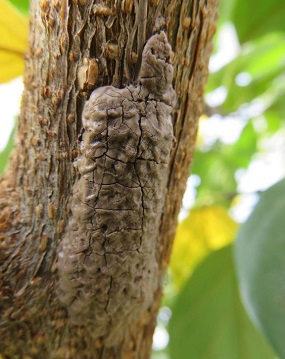
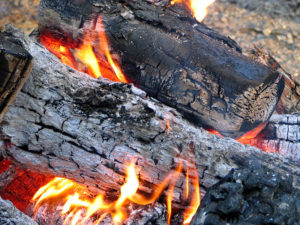
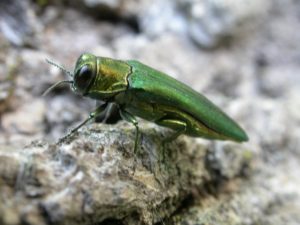
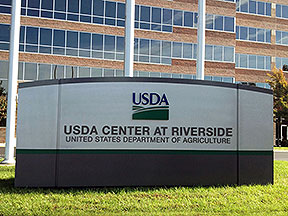
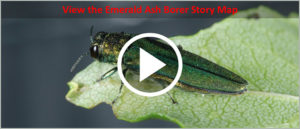

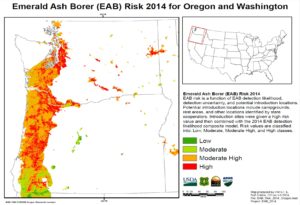
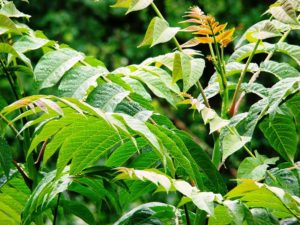 Ailanthus altissima
Ailanthus altissima